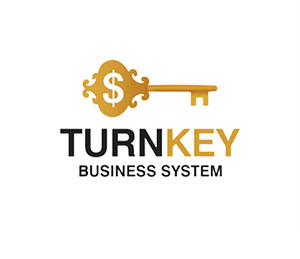Demo Accounts and Trader Training: From Simulation to Real Market Mastery

Demo Accounts and Trader Training: From Simulation to Real Market Mastery
In the next 12–24 months, AI-driven demo environments will likely evolve from simple price simulations to adaptive training systems.
These will adjust difficulty based on trader performance, integrate psychological stress testing, and even mimic liquidity constraints during high-impact news.
Such environments could reduce the performance gap between demo and live trading by up to 30%, according to early trials by fintech training platforms.
These will adjust difficulty based on trader performance, integrate psychological stress testing, and even mimic liquidity constraints during high-impact news.
Such environments could reduce the performance gap between demo and live trading by up to 30%, according to early trials by fintech training platforms.
In Forex trading, the distance between theory and practice can be measured in pips — and in emotions. A demo account is the bridge. It lets aspiring traders experiment in real market conditions without financial risk. But like a flight simulator for pilots, a demo account is only as valuable as the training that accompanies it.

Demo Accounts and Trader Training: From Simulation to Real Market Mastery
What Is a Demo Account in Forex?
A demo account is a simulated trading environment offered by brokers. It mirrors live market prices and conditions but uses virtual funds instead of real money.Purpose: risk-free practice, platform familiarization, and strategy testing.
Tools available: most brokers offer full access to charting, technical indicators, pending orders, and account management tools.
Why Demo Accounts Are Essential for Beginners
Zero financial risk — traders can learn without fear of loss.Technical familiarity — understanding MT4, MT5, cTrader, or proprietary platforms.
Strategy testing — experimenting with scalping, swing trading, or algorithmic strategies.
Understanding market volatility — learning how spreads, slippage, and news impact trades.
The Learning Curve: From Demo to Live
One common mistake is staying too long in a demo environment, developing habits that don’t reflect live trading. On a demo account:Emotions like fear and greed are absent.
Execution might feel faster due to simulated fills.
Risk perception is distorted.
The recommended progression:
Stage 1 — Basic training (2–4 weeks): learn order types, platform navigation.
Stage 2 — Strategy simulation (4–6 weeks): refine trade setups, test money management.
Stage 3 — Transition to live with micro-lots: smallest position sizes, focus on psychology.
Trader Training: Beyond the Demo
High-quality training programs combine theory, simulation, and live feedback.Core components:
Market fundamentals: interest rates, economic indicators, global news impact.
Technical analysis: chart patterns, indicators, Fibonacci levels.
Risk management: leverage control, stop-loss discipline, position sizing.
Psychological resilience: controlling impulsive trades, maintaining discipline.
Practical Recommendations
Treat demo funds as real capital — record wins/losses, analyze mistakes.Use a trading journal from day one.
Simulate realistic conditions — trade only at hours you’ll trade live.
Limit demo period — set a date to switch to small live trades.
Example: Demo-to-Live Transition Plan
Stage Duration Goal Capital Risk
Demo Training 1 month Learn platform, test basic strategy $0
Strategy Refinement 1 month Consistent profitability in demo $0
Micro-Lot Live 2–3 months Control emotions, apply strategy 0.5–1% risk per trade
Scaling Up Ongoing Increase size gradually 1–2% risk per trade
Common Pitfalls to Avoid
Overconfidence from demo profits.Ignoring trading costs (spreads, swaps).
Jumping into high leverage without live experience.
Copying others’ strategies without understanding.
Conclusion
A demo account is a tool, not a shortcut. Combined with structured training, it can turn a curious beginner into a disciplined trader. The real edge comes from respecting the process — learning, practicing, and transitioning strategically.
In Forex, survival comes before success, and a good demo strategy is the first survival skill.
By Claire Whitmore
August 13, 2025
Join us. Our Telegram: @forexturnkey
All to the point, no ads. A channel that doesn't tire you out, but pumps you up.









Report
My comments